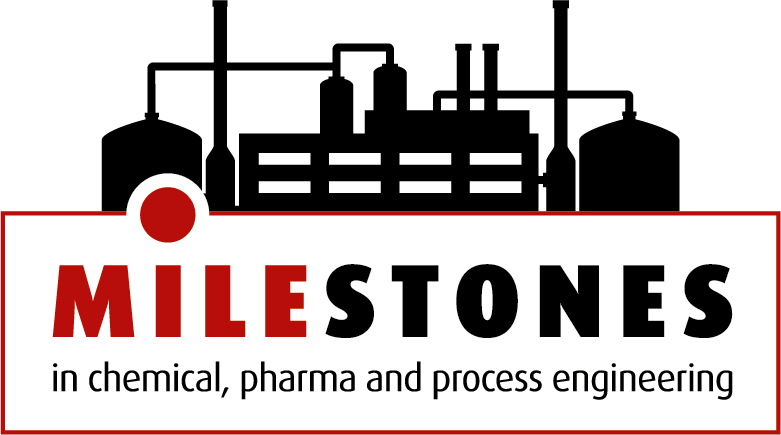:quality(80)/images.vogel.de/vogelonline/bdb/1860700/1860769/original.jpg)
Germany: Pressure Additives Lanxess Invests Double-Digit Million Dollars for Light-Color Sulfur Carriers
In the background of growing demand, Lanxess will expand its production capacity for light-color sulfur carriers at its Mannheim site in Germany. The additional capacity is expected to strengthen the firm’s market position in extreme pressure additives for the lubricants industry.
Related Companies

Cologne/Germany – Lanxess is expanding its production capacity for light-color sulfur carriers at its Mannheim site by several kilo tons. The specialty chemicals company is investing a double-digit million-dollar amount to expand the facilities in response to growing demand. The additional volumes are expected to be available at the beginning of 2023.
The market for sulfur-containing additives in the industrial lubricants sector is changing.
“We have the right products in our portfolio to support our customers along new paths and grow with them. We intend to use the additional capacity to strengthen our leading market position in extreme pressure additives and exploit global growth potential,”says Martin Saewe, Head of Lanxess’ Lubricant Additives Business (LAB).
Lanxess sells its light-color sulfur carriers under the brand name Additin EP. These colorless and odorless extreme pressure additives are mainly used in metalworking lubricants. They reduce wear on metal surfaces and prevent cold welding even under extreme conditions such as high pressure.
The Additin EP products are primarily based on locally sourced renewable raw materials like rapeseed oil and its ester derivatives. Because of their beneficial eco-toxicological profile, light-color sulfur carriers are increasingly replacing other chemical substances such as medium-chain chlorinated paraffins, which have been classified in a list as Substances of Very High Concern (SVHCs) by the European Chemicals Agency (ECHA) due to their environmental persistence and high bioaccumulation potential.
(ID:47570137)




:quality(80)/images.vogel.de/vogelonline/bdb/1860200/1860286/original.jpg)
:quality(80)/images.vogel.de/vogelonline/bdb/1853500/1853514/original.jpg)
:quality(80)/images.vogel.de/vogelonline/bdb/1856600/1856612/original.jpg)
:quality(80)/images.vogel.de/vogelonline/bdb/1863100/1863145/original.jpg)
:quality(80)/images.vogel.de/vogelonline/bdb/1862900/1862955/original.jpg)
:quality(80)/images.vogel.de/vogelonline/bdb/1862700/1862760/original.jpg)
:quality(80)/images.vogel.de/vogelonline/bdb/1862700/1862737/original.jpg)
:quality(80)/images.vogel.de/vogelonline/bdb/1861000/1861090/original.jpg)
:quality(80)/images.vogel.de/vogelonline/bdb/1860300/1860328/original.jpg)
:quality(80)/images.vogel.de/vogelonline/bdb/1858200/1858200/original.jpg)
:quality(80)/images.vogel.de/vogelonline/bdb/1857100/1857117/original.jpg)
:quality(80)/images.vogel.de/vogelonline/bdb/1860700/1860757/original.jpg)
:quality(80)/images.vogel.de/vogelonline/bdb/1859600/1859657/original.jpg)
:quality(80)/images.vogel.de/vogelonline/bdb/1858300/1858367/original.jpg)
:quality(80)/images.vogel.de/vogelonline/bdb/1856700/1856747/original.jpg)
:quality(80)/images.vogel.de/vogelonline/bdb/1859700/1859771/original.jpg)
:quality(80)/images.vogel.de/vogelonline/bdb/1858000/1858082/original.jpg)
:quality(80)/images.vogel.de/vogelonline/bdb/1859000/1859000/original.jpg)
:quality(80)/images.vogel.de/vogelonline/bdb/1858300/1858328/original.jpg)
:quality(80)/images.vogel.de/vogelonline/bdb/1863200/1863204/original.jpg)
:quality(80)/images.vogel.de/vogelonline/bdb/1863100/1863110/original.jpg)
:quality(80)/images.vogel.de/vogelonline/bdb/1807900/1807985/original.jpg)
:quality(80)/images.vogel.de/vogelonline/bdb/1797900/1797927/original.jpg)
:quality(80)/images.vogel.de/vogelonline/bdb/1797600/1797603/original.jpg)
:fill(fff,0)/images.vogel.de/vogelonline/companyimg/123400/123470/65.png)
:quality(80)/images.vogel.de/vogelonline/bdb/1851600/1851691/original.jpg)
:quality(80)/images.vogel.de/vogelonline/bdb/1858300/1858367/original.jpg)